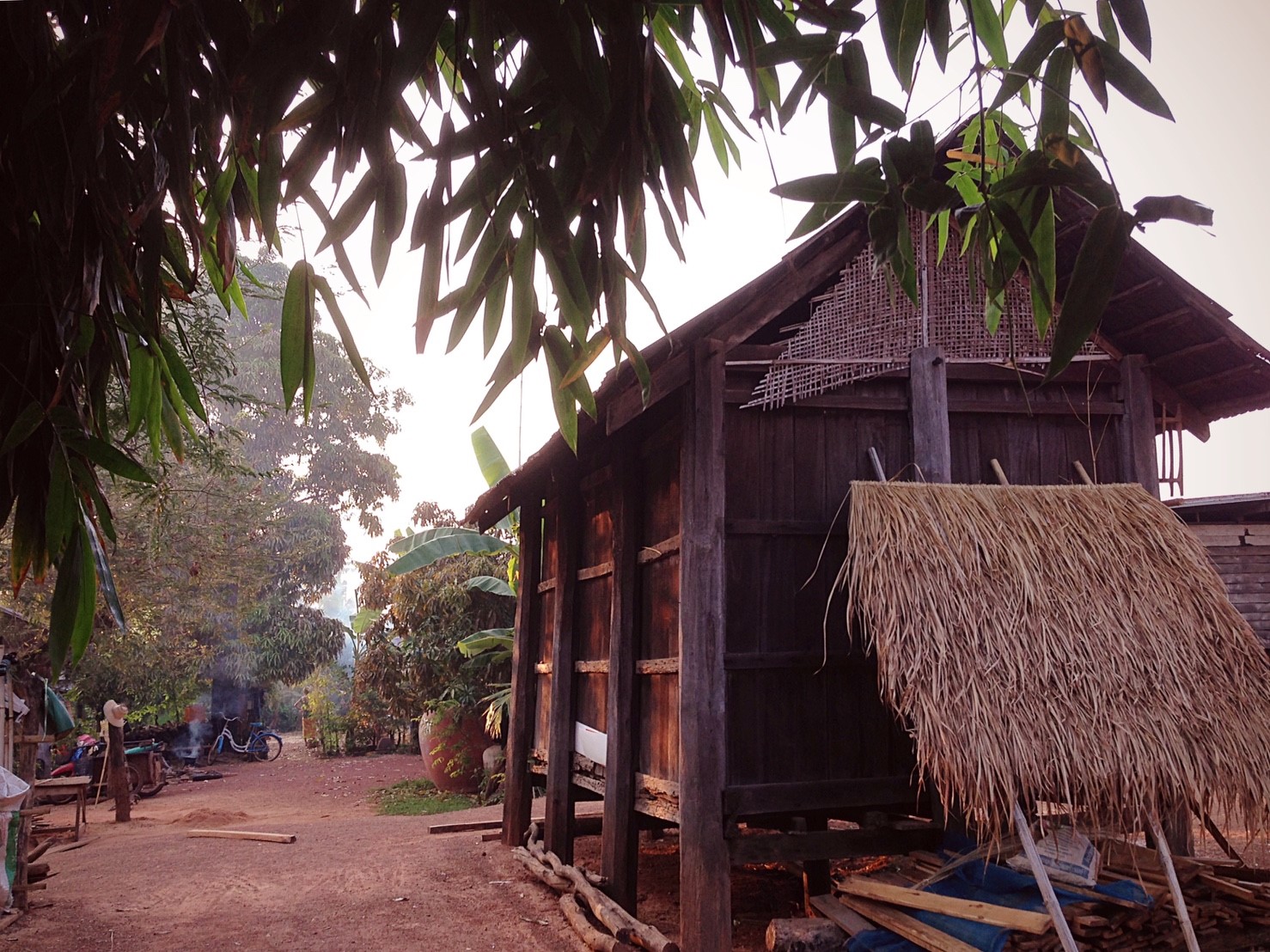
Empirical evidence on the temporal stability of risk aversion and the role of exogenous shocks is inconclusive. In this paper we revisit this problem and analyze whether and to what extent risk aversion changes in response to rainfall shocks in an agrarian setting, and the role of changes in yields and output prices as two potential channels. We study this both in a simple theoretical model and in an extensive empirical study. The theoretical model predicts that under prudence, households that are either a net seller, a net buyer, or autarkic, increase risk aversion. To test the model predictions, we use a panel data set of the same 1,005 respondents from Northeastern Thailand and Central Vietnam (TVSEP) interviewed across five survey waves between 2008 and 2017 and combine it with historical rainfall data at the village level to capture negative rainfall shocks. Our empirical strategy exploits exogenous variation in the timing, location, and magnitude of rainfall shortages to identify their effect on risk aversion. We find that rainfall shortages increase respondents’ risk aversion, a finding remarkably stable across alternative specifications. The magnitude of the main effect of rainfall shortages on risk aversion is largest among net buyers, and approximately half the size among net sellers. Autarkic households do not exhibit a significant effect. Although rainfall shortages lead to significant reductions in agricultural yields and significant increases in commodity prices, the mediation analysis suggests that these market mechanisms do not play a significant role, except for a small statistically significant mediating effect of prices among the net buying household group. The finding that rainfall shortages lead to significant increases in risk aversion, especially among households that depend on local markets to buy food, has potentially important implications for food security and poverty dynamics. An increased level of risk aversion can undermine investments, e.g., in a beneficial technology, induce forgone returns, and increase the likelihood to fall or being pushed further below the poverty line.
